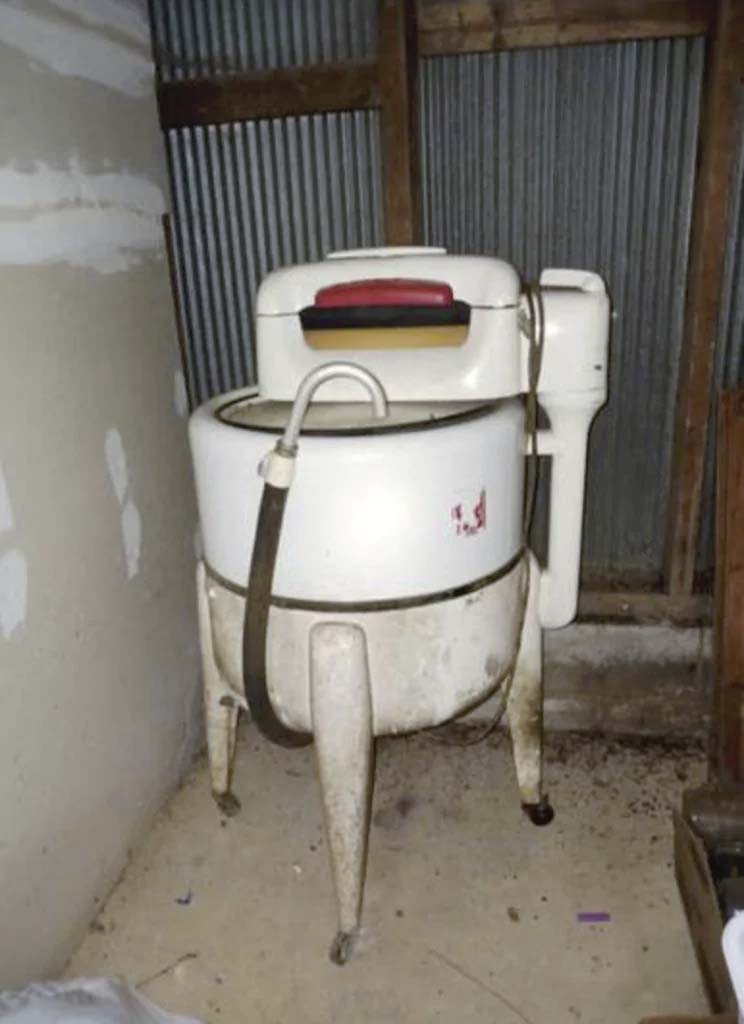ADVERTISEMENT
Imagine: Two centuries ago, doing laundry was a real epic. Carrying water, heating it, beating the clothes, then rinsing and spinning them… An endless task that could take an entire day. Today, thanks to the magic of washing machines, this work is reduced to a one-hour cycle. But before the arrival of our modern appliances, one object in particular transformed this chore for millions of households. Do you know this tool?
The art of river washing from the first innovations
The art of laundry: from rivers to the first innovations
For millennia, washing clothes meant scrubbing them by hand, often in a river or washhouse. Washerwomen, armed with beaters, spent hours beating the laundry on stones or slanted boards, a grueling process. Yet as the Industrial Revolution took hold, inventors sought ways to ease the burden.
This is how a simple mechanical device, often made of wood or metal, came into being. It was a primitive version of modern wringers. Thanks to two rollers operated by a crank, it allowed excess water to be removed from clothes without having to wring them by hand. It was not yet the automatic washing machine, but it represented a huge advance at the time.
A simple but ingenious innovation
Read More
ADVERTISEMENT
ADVERTISEMENT
A simple but ingenious innovation
This tool, often called a “laundry eater” because of its ability to swallow fabrics to press them, saved households precious time. More than just a gadget, it marked a turning point in the management of domestic tasks, especially for women, who often assumed this responsibility. This progress was not only technical; it also allowed a subtle social change by reducing the drudgery of domestic work.
From modern machines to the legacy of the past
Today, we can’t imagine life without our washers and dryers. However, it’s important to remember that these machines are the result of centuries of inventiveness and perseverance. Every wringer, beater, or washboard has played a role in this evolution. These forgotten tools are a testament to a time when every technological advancement was a blessing to simplify everyday tasks.
Why it is crucial to remember
Read more
ADVERTISEMENT
ADVERTISEMENT
Why it is crucial to remember
Far from being a mere historical detail, the history of laundry illustrates human ingenuity in the face of everyday challenges. It also invites us to appreciate modern conveniences, often trivialized. After all, behind each “start” button on our machines lies a legacy of effort and innovation.
Conclusion: Take a moment to think about everyday objects and the stories they hold. They are more than just tools: they tell stories of how our way of life has evolved and the ingenuity of those who came before us.
ADVERTISEMENT
ADVERTISEMENT
